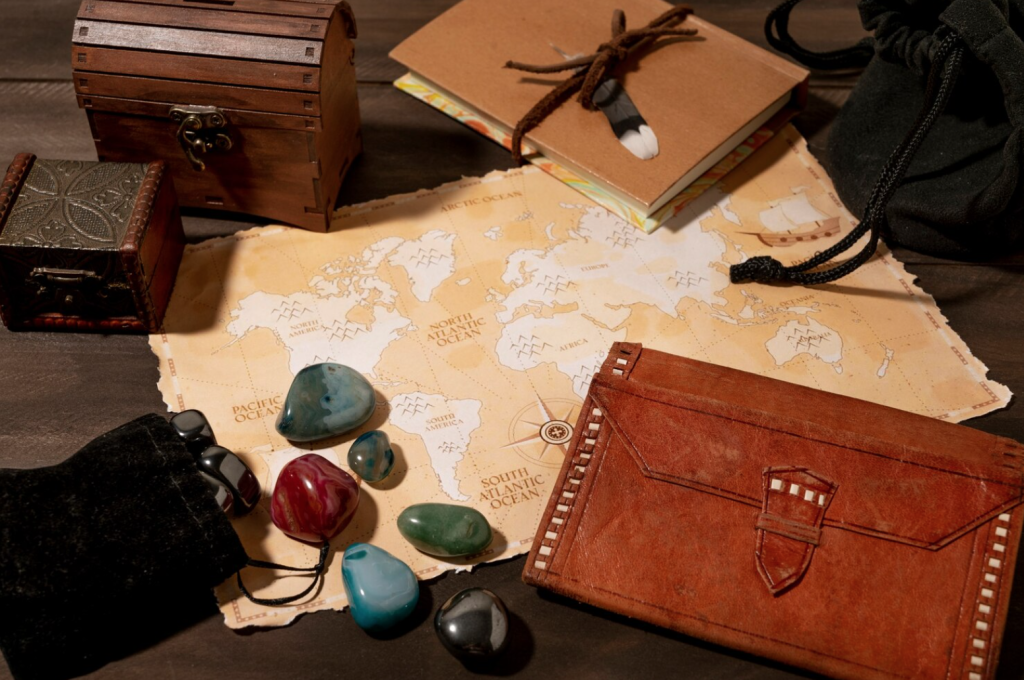Introduction: Stamp collecting isn’t just about amassing a collection; it’s also about preserving history for future generations. Watermark detection plays a crucial role in stamp conservation, safeguarding the authenticity, integrity, and value of philatelic artifacts. In this blog post, we’ll delve into the significance of watermark detection in stamp conservation and explore how this essential process contributes to the preservation of philatelic heritage.
- Authenticity Verification: Safeguarding Against Forgery
- Watermark detection serves as a primary method for verifying the authenticity of stamps, helping to safeguard against forgery and counterfeit reproduction.
- By identifying and documenting watermarks, collectors and conservators can authenticate stamps and ensure that only genuine specimens are included in historical archives and collections.
- Authenticity verification through watermark detection is essential for preserving the integrity of philatelic artifacts and maintaining their credibility as historical and cultural artifacts.
- Identification of Rare Varieties: Uncovering Hidden Treasures
- Watermark detection allows collectors and conservators to identify rare varieties and distinctions among stamps, including unique watermarks that may be indicative of limited printings or special editions.
- By uncovering hidden treasures through watermark detection, collectors can enrich their collections with historically significant specimens and contribute to the preservation of philatelic heritage.
- The identification of rare varieties enhances the value and importance of stamp collections, providing valuable insights into the historical context and production methods of philatelic artifacts.
- Prevention of Damage: Mitigating Risks to Philatelic Artifacts
- Watermark detection helps conservators identify stamps that may be at risk of damage due to their susceptibility to environmental factors such as light, humidity, and pollutants.
- By recognizing stamps with delicate or sensitive watermarks, conservators can implement protective measures to mitigate risks and ensure the long-term preservation of philatelic artifacts.
- Prevention of damage through watermark detection is essential for safeguarding the physical condition and aesthetic integrity of stamps, ensuring their continued availability for study, research, and appreciation.
- Historical Documentation: Contributing to Philatelic Scholarship
- Watermark detection contributes to the historical documentation of stamps by providing valuable data on production methods, paper types, and printing techniques used in their manufacture.
- By cataloging and documenting watermarks, collectors and conservators contribute to the advancement of philatelic scholarship, enhancing our understanding of stamp production and design throughout history.
- Historical documentation through watermark detection enriches the archival record of philatelic artifacts, providing researchers, scholars, and enthusiasts with valuable resources for study and analysis.
- Cultural Heritage Preservation: Ensuring Legacy for Future Generations
- Watermark detection plays a crucial role in the preservation of cultural heritage by safeguarding philatelic artifacts as tangible representations of history, art, and culture.
- By preserving stamps through watermark detection, conservators ensure that philatelic heritage is passed down to future generations, providing a lasting legacy for posterity to study, appreciate, and cherish.
- Cultural heritage preservation through watermark detection underscores the importance of stamps as valuable artifacts that reflect the social, political, and economic contexts of their time, enriching our collective understanding of human history and society.
Conclusion: Watermark detection is an essential process in stamp conservation, contributing to the preservation of philatelic heritage for future generations. By verifying authenticity, identifying rare varieties, preventing damage, documenting history, and safeguarding cultural heritage, watermark detection ensures the longevity and legacy of philatelic artifacts as valuable sources of historical, cultural, and artistic significance. So, whether you’re a collector, conservator, or enthusiast, recognize the vital role of watermark detection in stamp conservation and join in the effort to preserve our philatelic legacy for generations to come.



